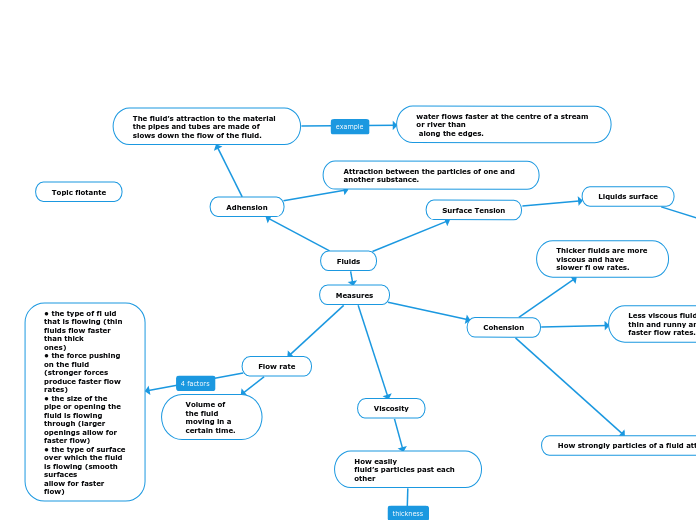147112
80 yo AA M
Posterior Vitreous Detachment (PVD)
For more information
(2) British Journal of Ophthalmology 1997;81:527–532
(1) British Journal of Ophthalmology 1997; 81:521–522
How do we fix it?
We monitor the detachment. If there's a partial retinal detachment, we make sure it doesn't get bigger. If there's a full retinal detachment, we make sure partial retinal detachments don't happen.
What causes it?
As stated, the vitreous changes viscosity with age and therefore PVD occurs most often among those 40+. It is not associated with glaucoma.
What is it?
The vitreous changes viscosity with age, but this change does not occur homogeneously; it occurs slower in some areas than in others. For example, The nasal side of the vitreous could be more gel-like than the temporal, and the temporal side could be more gel-like than the nasal.
This difference in viscosity is important because it allows gel-like areas to move into fluid-like areas. When this happens, the gel-like areas pull at the retina and create retinal detachments.
Retinal detachments come in two kinds: partial, and full. Surprsingly, full detachments are preferred to partial detachments. This is because with full detachments, the vitreous no longer has the opportunity to pull more retina.
It is important to note that PVD does not have to cause retinal detachment.









